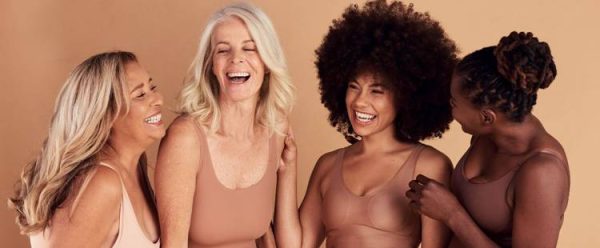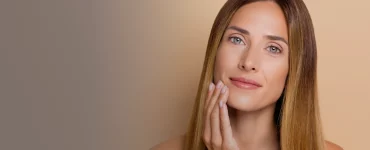
The fashion industry has long been associated with a narrow standard of beauty. For most of its history, in fact, runways and magazines have primarily featured one specific body type. This left many women feeling unseen and unrepresented by the clothes available to them. That’s been changing, and we’re gaining momentum toward a more welcoming, diverse industry every day. Here’s how body inclusivity is shaping the fashion industry.
Brands Adopting More Sizes and Styles
Most notably, more brands are beginning to embrace a wider range of sizes, shapes, and ages in their marketing and product lines. For instance, many designers are expanding their collections to help women find plus-size evening wear and other previously hard-to-get items. This expansion is also reflected in their marketing. We are now seeing models of different sizes, ages, and ethnic backgrounds. This visibility helps normalize all body types and shows that style has no physical limit.
Now, many critics point out that this shift is a business move, not one rooted in a genuine desire to be inclusive. But regardless of whether or not that’s true, more women are getting represented in clothing lines, mannequins, and ads—and that’s a win.
The Role of Consumer Voices
Consumer voices, amplified by social media, have played a key role in body inclusivity shaping the fashion industry. Women are demanding more from the brands they support, asking for clothing that fits well and makes them feel confident. As a result, companies are rethinking their design and marketing strategies from the ground up. Again, even if this is a business move, it doesn’t matter. The impact is good, regardless of the intention behind it.
Retailers Adapting to Inclusivity
Retailers are also adapting their physical and online stores to be more inclusive. Some are integrating plus-size sections with their main collections, removing the separation that often made shoppers feel marginalized.
Online, better size charts and virtual try-on tools help customers of all body types find the right fit from home. These changes make for a more welcoming and respectful shopping experience.
The Benefits for Older Women
The conversation is also expanding to include age. After all, gaining weight is a natural effect of aging for many women. Therefore, body inclusivity supports the senior ladies who want to style themselves for graceful aging—or just wear something nicer than patterned cotton tees from the thrift store.
The Broader Cultural Shift
This industry-wide transformation reflects a broader cultural shift toward accepting and celebrating our differences. Fashion is becoming more of a tool for self-expression for everyone, rather than a rigid set of rules for a particular body type.
Be a Part of the Future of Fashion
The move toward body inclusivity is more than a fleeting trend; it is a fundamental change in how we view fashion and beauty. While there is still progress to be made, the industry is moving in a positive direction. By continuing to support brands that champion diversity, you can help shape a more inclusive future where every woman feels seen, valued, and stylish.


















